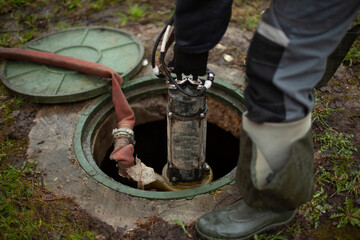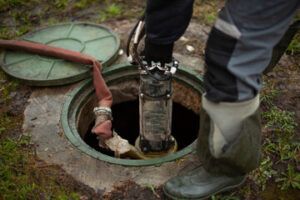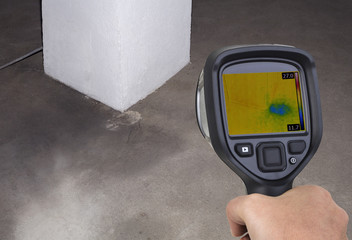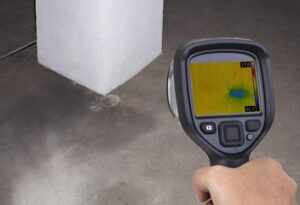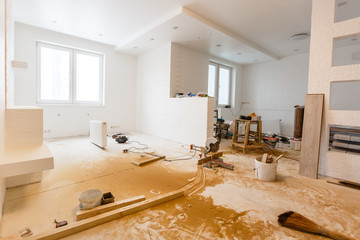Imagine opening your front door to see a black-suited, top-hatted chimney sweep waving an official-looking document in your face. The sweeper has a dustpan and brush in his hand. In the 1700s, boys as young as four or five were apprenticed to chimney sweeps. It was a terrible exploitation.

Clean Chimney Sweep Charleston ensures chimneys, fireplaces, and flues are structurally sound. They also provide they are free of obstructions like creosote, which can be a fire hazard. Sweeps must be prepared to climb ladders in all weather conditions and use the right safety equipment, including insulated ladders. They also work with harmful, flammable substances that require proper respiration, so a good level of physical fitness is important.
Sweeps must be familiar with NFPA (National Fire Protection Association) standard 211. The national common states, “Chimneys, fireplaces, and venting systems shall be inspected at least once a year for soundness, freedom from deposits, and proper clearances. Cleaning, maintenance, and repairs shall be made as needed.”
During a level one inspection, a chimney sweep will visually inspect the easily accessible portions of a chimney’s interior and exterior. They will not need specialized tools to open doors or panels; no demolition will be required.
A level two inspection includes everything in a level one inspection, but the sweep will also use a video scanner to examine a chimney’s internal structures and joints. Specialized tools, including demolition equipment, are not used for a level two inspection.
A level three inspection includes all items in levels 1 and 2, but the sweep will also use specialized tools to access concealed areas of the chimney and flue structure. This location may be hidden by permanently attached coverings, such as a roof or a chimney chase cover. Homeowners need to know that there are different levels of inspections because the CSIA recommends a certain level of examination depending on the type of chimney and the use of the system.
This level of inspection focuses on the exterior and interior of all accessible chimney components, including flue liners. It does not require specialty tools to open doors, panels, or coverings.
During a level two chimney inspection, the technician will use closed-circuit video scanning to inspect the interior of your flue and chimney lining. It will also help your chimney sweep spot problems that a visual inspection might miss.
If something has changed in your chimney system, such as a change in the fuel you burn, a new fireplace appliance with a different input rating or efficiency level, or a renovation that altered the structure of your fireplace, a level 2 inspection is required. This type of chimney inspection is also recommended if your chimney has suffered damage. It could be from a natural calamity, chimney, or general structure fire.
A level two inspection includes everything that a level one inspection does but also involves inspecting other parts of your home close to your chimney. It may consist of attics, crawl spaces, and basements. It will also address proper clearances from combustible materials in those areas.
A Level 2 inspection can be time-consuming and labor-intensive, so hiring a chimney sweeper with the right skills and experience is important. A qualified chimney sweeper will be certified by a professional organization, such as the Chimney Safety Institute of America (CSIA) or the National Chimney Sweep Guild (NCSG). They should have extensive training in identifying and preventing chimney hazards and be able to understand and interpret fire codes and building standards thoroughly. They should also be comfortable working on roofs and in tight, confined spaces.
The National Fire Protection Association recommends that homeowners inspect their chimneys regardless of burning frequency. This recommendation is based on the fact that wood when burned, generates a byproduct called creosote. This byproduct accumulates in the chimney and flue if the wood isn’t completely burned or the combustion process needs to be properly maintained. The accumulation of creosote can cause a vent to be obstructed. This hazard can lead to fires and carbon monoxide poisoning.
A level three inspection will include a detailed examination of the exterior portions of the chimney accessible from the attic and roof, as well as basements and crawl spaces. It will also address the proper clearance of combustibles from these areas of the duct and flue. The inspection may require the removal or destruction, as necessary, of permanently attached portions of the chimney and building structure to gain access for evaluation and repair.
Chimney sweeps evaluate, clean, and maintain fireplaces, wood stoves, gas fireplaces, and chimneys. Many chimney sweeps are certified by professional organizations such as the CSIA or the NCSG and are held to a high standard of practice and ethics. It is a highly technical field requiring specialized equipment to complete the job safely.
Homeowners must prepare their homes before a chimney sweep arrives by moving any furniture or decorations that may block the path to the fireplace and flue system. Chimney sweeping is a messy job and is often performed outside of the home, so it is recommended that homeowners use drop cloths in their work area to decrease the amount of soot that ends up inside the house.
Chimneys can be easily neglected, but if they’re not cleaned regularly, they pose a real danger to the health of a home’s residents. That’s why scheduling regular chimney sweep services is important to ensure your fireplace and chimney are working safely.
A level one inspection is the simplest, examining “readily accessible portions of the exterior, interior and accessible portions of the chimney structure and flue, as well as the basic appliance connections.” A level 1 inspection may also include running a video scan of the entire chimney for an in-depth look at hard-to-reach areas.
If a fireplace is changing, such as adding an insert, changing fuel sources, or having the chimney relined, a level 2 inspection should be performed to assess the current condition of the chimney. Similarly, a level 2 inspection should be done if the chimney has experienced damage due to a fire or earthquake.
It is also important to have a level 2 inspection if you are considering purchasing a property with an existing fireplace and chimney. While home inspectors often inspect ducts, they do not go as in-depth as a CSIA-certified chimney sweep and are unlikely to catch anything that isn’t immediately obvious.
A level 3 inspection is the most comprehensive, assessing all aspects of the chimney’s condition and including examination of concealed areas that require removing or destroying components of the chimney building or its finish. This level of inspection is usually only needed when a serious hazard is suspected. Level 3 inspections typically involve extensive demolition work and should only be performed with the permission of the homeowner or the building owner.
When the chimney sweep is on-site, they’ll set up a work area around your fireplace. It may include putting down a tarp and moving items, such as furniture that the chimney brush or soot could knock over. It’s important to clear the area, as the sweep will spend a lot of time at and near your fireplace. They will also work inside the firebox, so removing logs, fireplace tools, and anything else there is a good idea.
The chimney sweep will use a special brush with long bristles to clean your flue and the chimney’s walls. It is a messy job, and the sweeper usually puts down drop cloths in their work area to prevent the creosote and ash from getting into their living rooms. Many sweeps lower video cameras and lights into chimneys to closely examine walls and the liner surface.
If they spot any cracks, gaps, or code violations during the internal inspection, they’ll report them to you. Those also qualified to perform repairs will usually make those recommendations at the same appointment, as it’s best to get them taken care of immediately.
Keeping your chimney free of creosote buildup is impossible without professional help. If you’re a do-it-yourself person, tackling the task yourself can be difficult. Before you start, you need to know how high your flue is. You’ll also need a bright flashlight, fireplace poker, and personal protective equipment for your eyes, face, and hands. Creosote is easiest to remove in its early stages, where it has a matte black finish and isn’t too deep. If you see a shiny, tar-like appearance, it’s a sign of heavy creosote, and you need to call the sweep immediately.
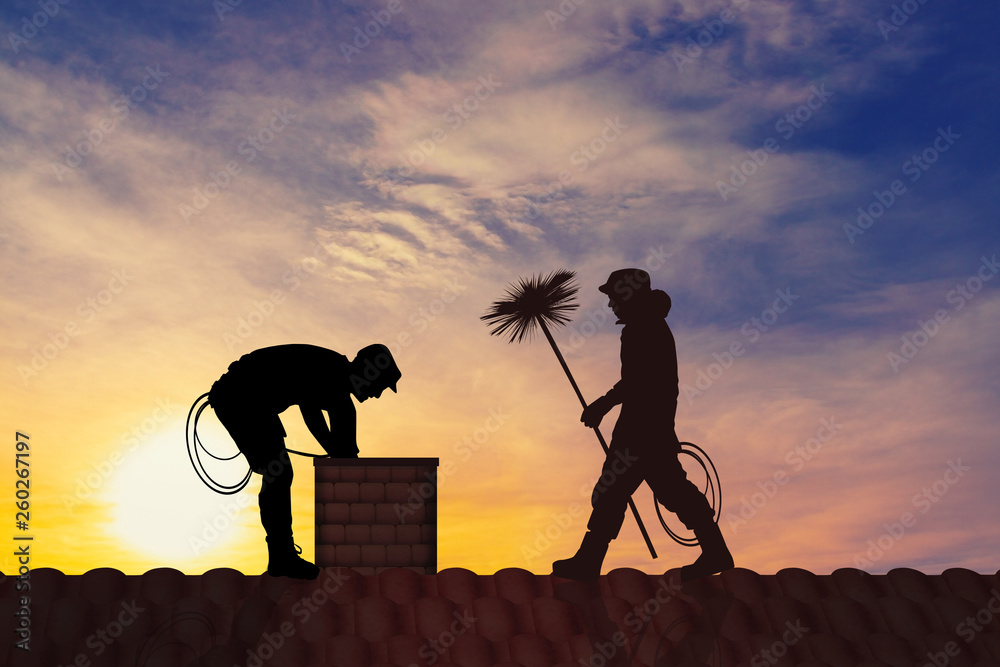


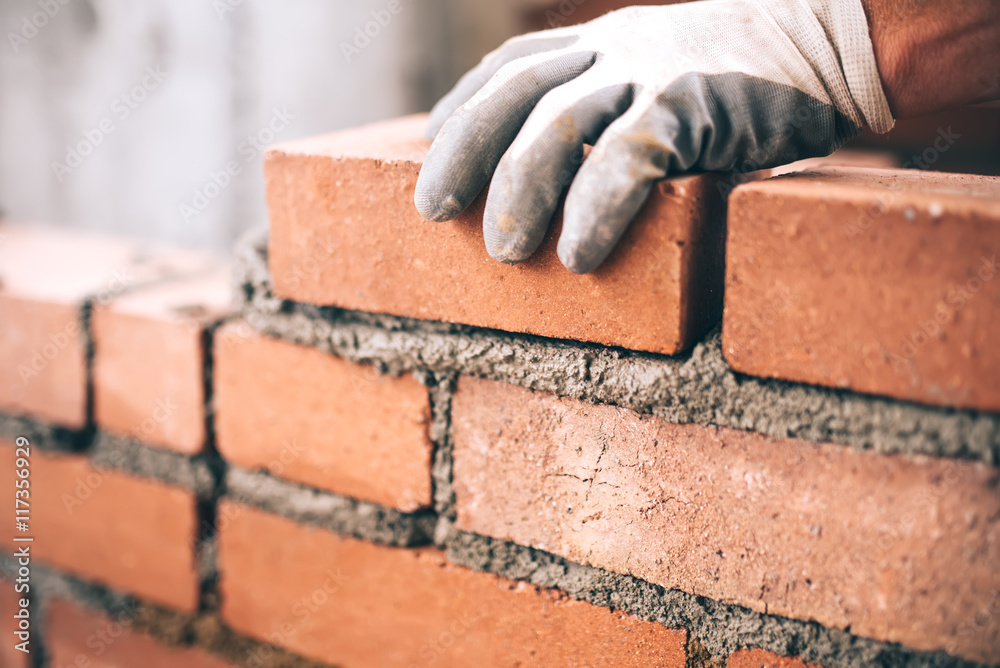
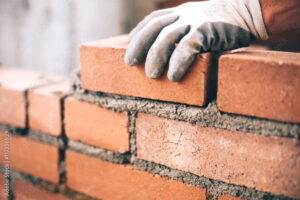
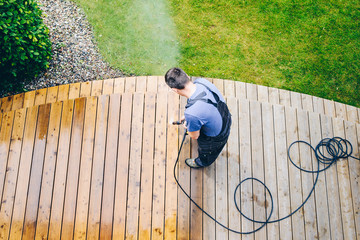
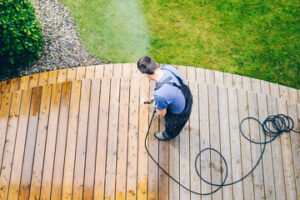 Use OxyClean
Use OxyClean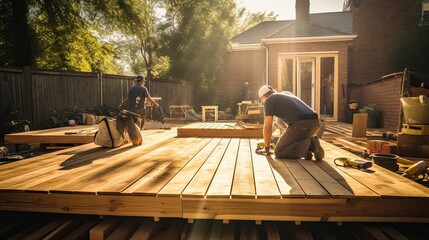
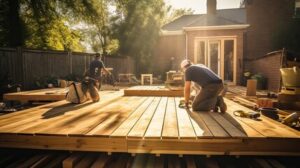 Better Quality Decks
Better Quality Decks